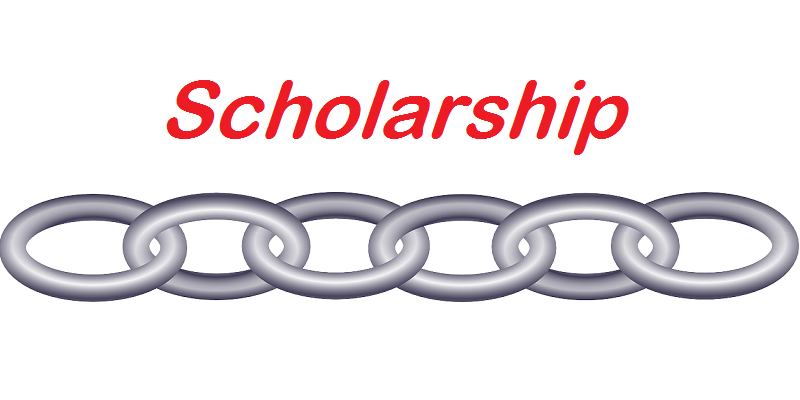Images are an essential part of any website. They help break up text, convey information, and add visual interest. However, images can also be a major contributor to slow loading times, especially if they haven’t been optimized for the web.
There are a few different ways you can optimize your images for faster loading times in WordPress. In this article, we’ll cover some of the most effective methods.
1. Resize Your Images
One of the easiest ways to reduce image file sizes is by resizing them before you upload them to your website. If you’re using large images that are much bigger than they need to be, you’re unnecessarily increasing your page’s load time.
To resize your images, you can use an image editor like Photoshop, GIMP, or Paint.net. Simply open your image in the editor and choose Image > Image Size. Then, enter new dimensions for your image that are appropriate for its placement on your website. For example, if you’re using an image as a featured image on your blog post, you may want to resize it to be no larger than 600px wide.
2. Optimize Your Images for the Web
In addition to resizing your images, you should also optimize them for the web. When you optimize an image, you’re essentially reducing its file size without affecting its quality too much. This helps reduce the amount of time it takes for the image to load on a page.
There are a few different ways you can optimize your images for the web. One popular method is to use an online tool like TinyPNG. Just upload your image to the website and it will automatically compress it for you.
Another way to optimize your images is to save them in a web-friendly format like JPEG or PNG. These formats are designed specifically for the web and tend to have smaller file sizes than other types of images like TIFF or BMP.
3. Use a Caching Plugin
If you’re not already using a caching plugin on your WordPress site, you should consider doing so. Caching plugins create a static version of your website and services that to visitors instead of dynamically generating the site each time someone visits it. This can help reduce your website’s loading time, as well as improve its overall performance.
There are a number of different caching plugins available for WordPress, but some of the most popular include W3 Total Cache and WP Super Cache.
4. Use a Content Delivery Network
A content delivery network (CDN) is a group of servers that are located around the world. When you use a CDN, your website’s files are stored on these servers and then served to visitors from the location that is closest to them. This can help reduce loading times, as well as improve your website’s overall performance.
Some of the most popular CDNs include CloudFlare, MaxCDN, and Amazon CloudFront.
5. Optimize Your WordPress Database
Over time, your WordPress database can become bloated with unnecessary data. This extra data can slow down your website, as WordPress needs to sift through it all when loading a page. To help speed things up, you can optimize your database by deleting any unnecessary data that has accumulated over time.
You can also install a plugin like WP-Optimize to automate the process of optimizing your database.
6. Use a Lazy Load Plugin
Lazy load is a technique that loads images on a page only when they’re needed. This means that images below the fold (the portion of the page that’s visible without scrolling) are not loaded until the visitor scrolls down to them. This can help reduce loading times, as the web browser doesn’t need to load all of the images on a page at once.
There are a number of plugins that you can use to lazy load images in WordPress, but some of the most popular include BJ Lazy Load and a3 Lazy Load.
7. Limit the Number of Plugins You Use
WordPress plugins are great because they can add all sorts of functionality to your website. However, each plugin you install on your site adds additional code that needs to be loaded whenever a page is visited. This can slow down your website, so it’s important to limit the number of plugins you use to only those that are absolutely necessary.
Conclusion:
By following the tips in this article, you can speed up your WordPress website and improve its overall performance. Just remember to always test any changes you make on a staging site first, as some optimization techniques can break your site if not done correctly.


